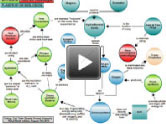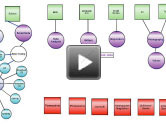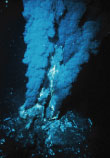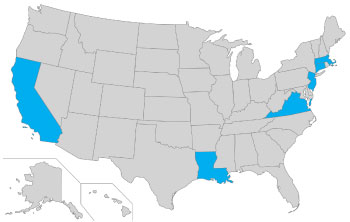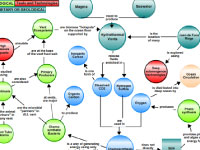|
|
|
||||||||||||||||||
About these Webinars: The ROLE Model webinars provide scientists with the opportunity to interact with educators and present their research in a non-traditional format - through multimedia concept maps created with the Concept Map Builder and presented through the Ocean Climate Interactive. [more]
About this Scientist:
Peter Girguis works at Harvard University as an associate professor in deep sea biology with special interests in hydrothermal vent ecosystems and animal-microbe symbioses. His scientific training as a physiologist also cultivated a "gear head" instinct, which melds synergistically with his inquisitive nature. As a result, he enjoys collaborating with engineers and machinists to develop and test new scientific instrumentation for extreme environments and microbial fuel cell technologies.[more]
About this Educator:
Louise McMinn teaches environmental and earth sciences at Scofield Magnet Middle School in Stamford, CT. Among her many accomplishments, she is a veteran of the ARMADA project sponsored by URI that provides teacher field experiences with working scientists, and the School of Rock at Texas A&M sponsored by the Integrated Ocean Drilling Project. She participated in the COSEE-OS Educator-Scientist Collaborative Workshop at the University of Connecticut in October 2009. [more]



